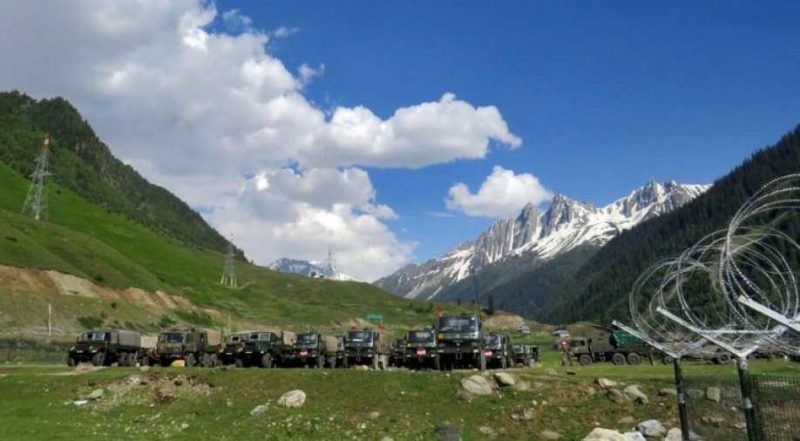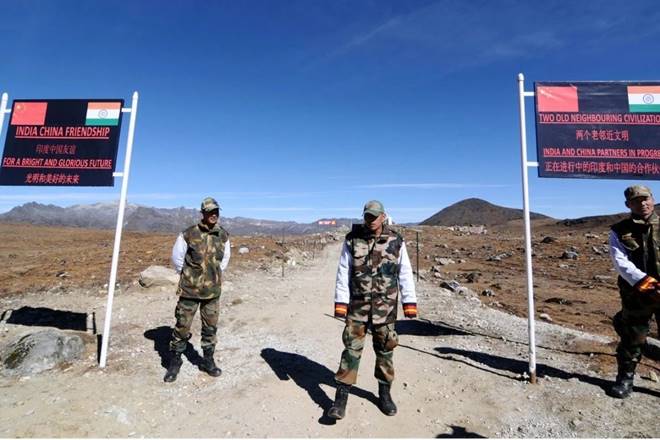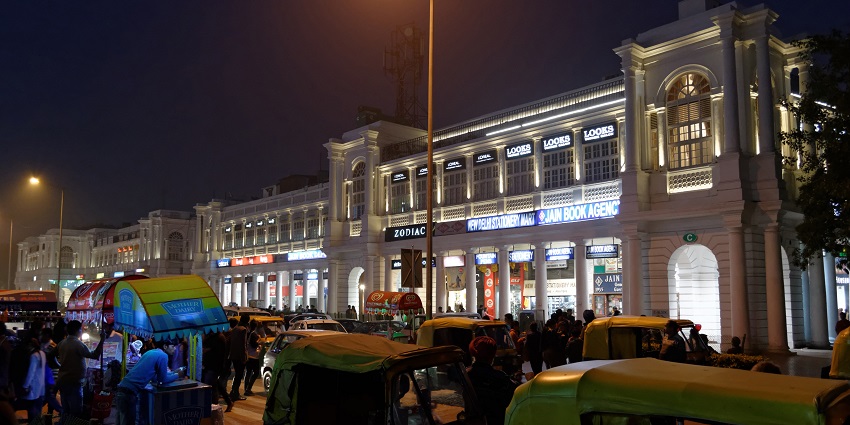
Battle In Ladakh’s Galwan Valley Was The Result Of China’s Refusal to Remove Tent From Key Point 14
The murderous hand-to-hand fight between Indian and Chineses soldiers in eastern Ladakh had occurred when the Indian Army moved in to remove the tents of the People’s Liberation Army from a position code-named Patrolling Point 14, which lies inside the Indian side of the Line of Actual Control.
The report was shared with News 18 by highly placed government officials. The first official fight between the two armies in the last 45 years had martyred 20 Indian soldiers. As per a report by ANI, as many as 43 Chineses troops have either suffered serious injuries or have been killed in the clash in the wee hours of Tuesday.

All happened when the Indian soldiers moved in to remove the tents from Point 14. PLA began pelting stones on them from the high ground above Point 14 and then staged an assault using iron rods and clubs. The PLA army also especially targeted a senior military officer who came in to defuse the clash and killed him.

Point 14, for the unknown, is one of the points where a high-level meeting was conducted days ago. After the meeting, both sides had agreed to thin troops’ presence in the area.
“From what we know so far,” a military officer said, “it doesn’t appear that there was any great planning behind China’s actions. The most likely explanation is that they just didn’t expect us to stand our ground.”
All the fuss in the area began in May after PLA pitched tents the Point 14 area to protest against the completion of a bridge on India’s side of LAC across the Shyok, along a road connecting the strategic airfield Daulat Beg Oldie. However, tents were removed following the high-level talks. And as per the agreement, the Chinese troops also had to move back, which they didn’t.

The clash brings back the memories of one that happened in 1975, remembered to be the last between the two armies.
In 1975, the PLA had ambushed an Assam Rifles patrol at the Tulung La pass in Arunachal Pradesh and killed four. Earlier, in 1967, 88 Indian soldiers — and perhaps as many as 340 PLA troops — were killed in the course of skirmishes near Nathu La and Cho La, the gateways to the strategically-vital Chumbi valley.



